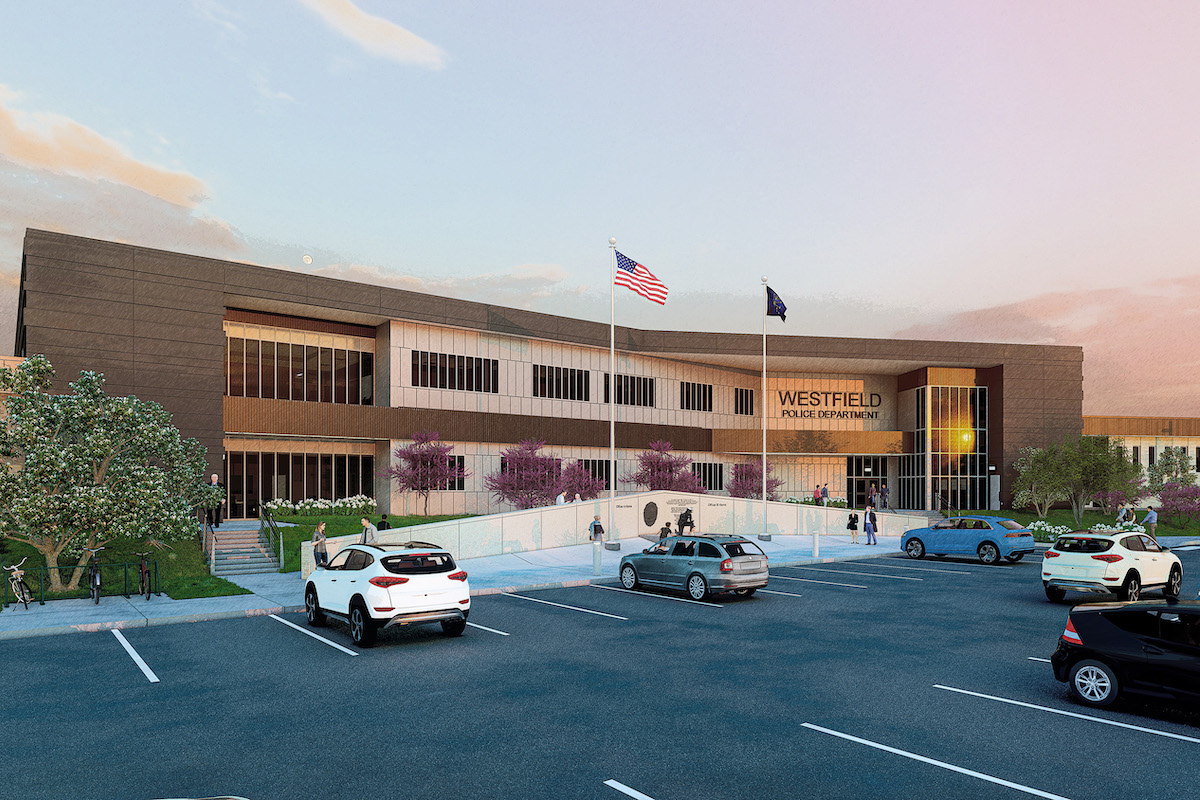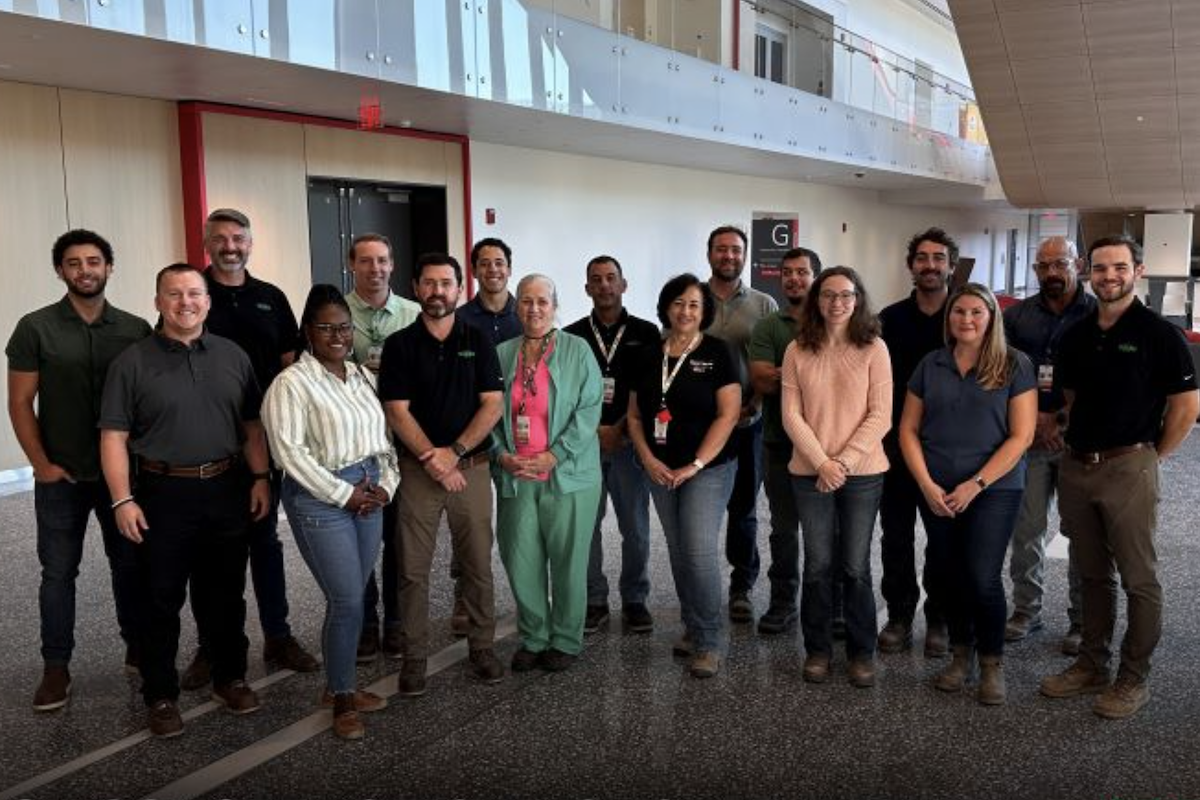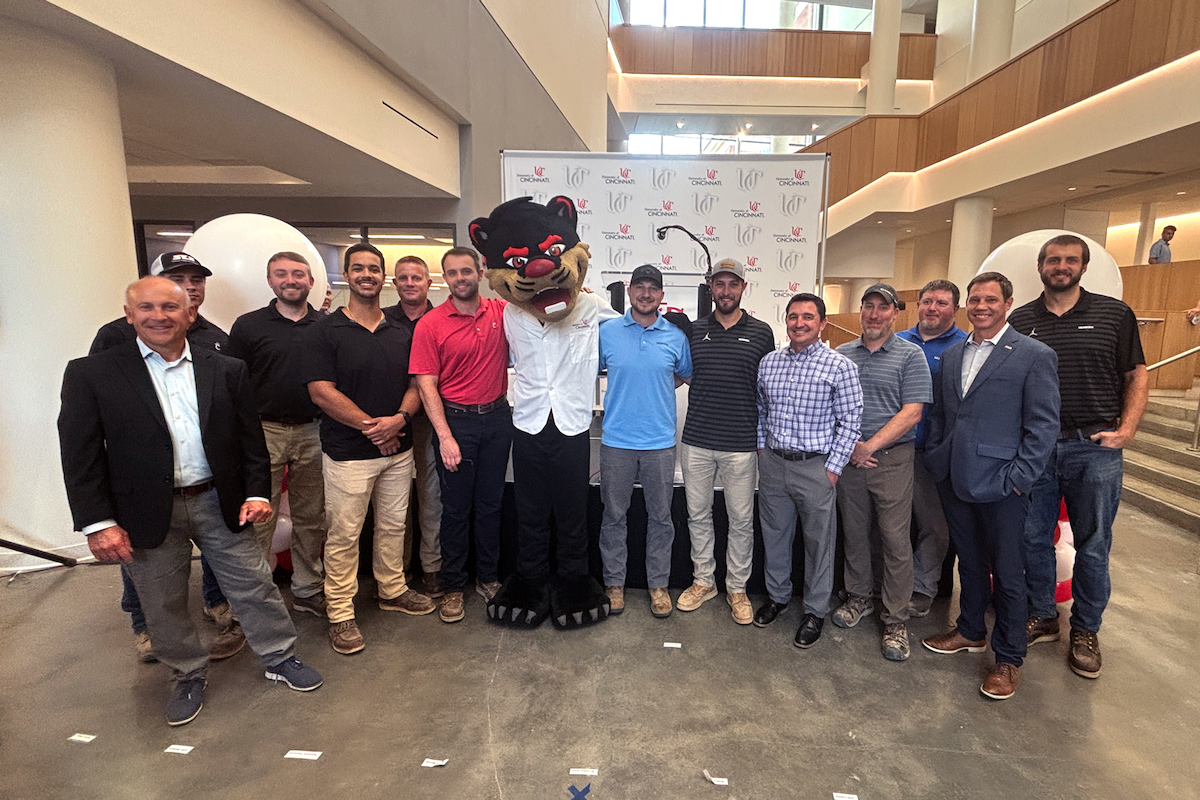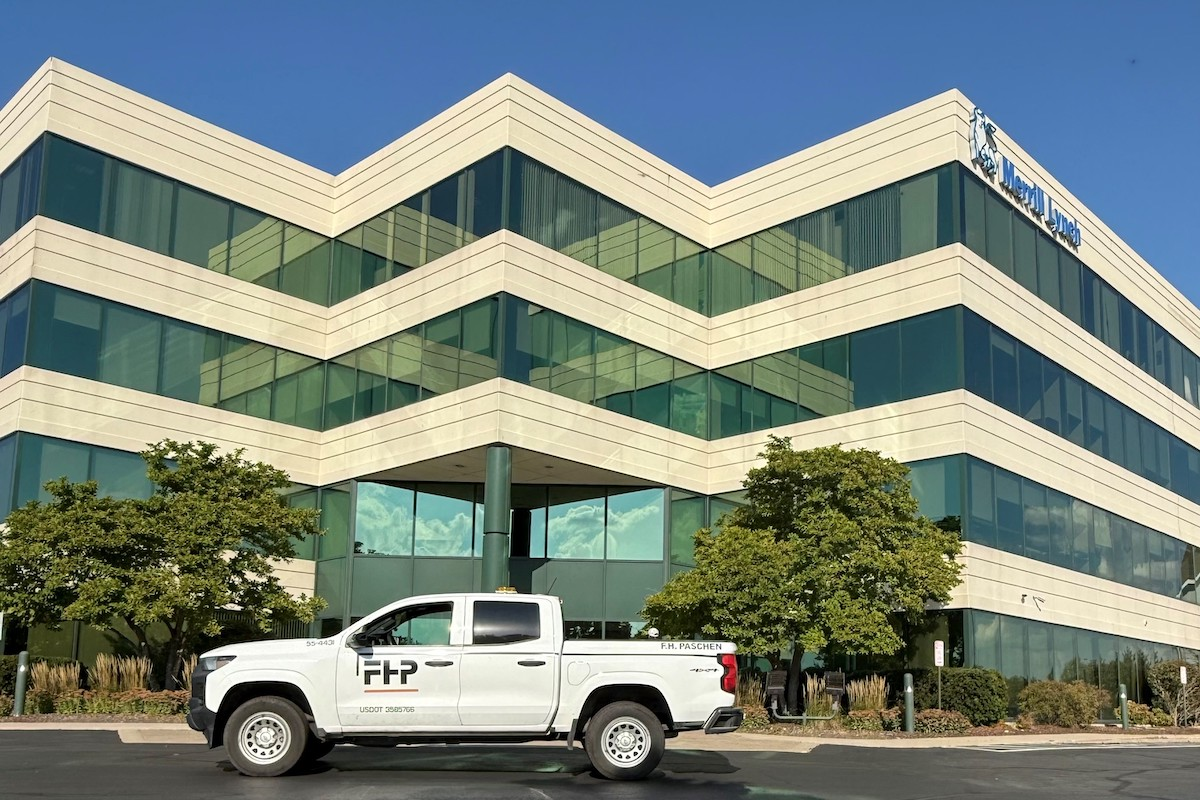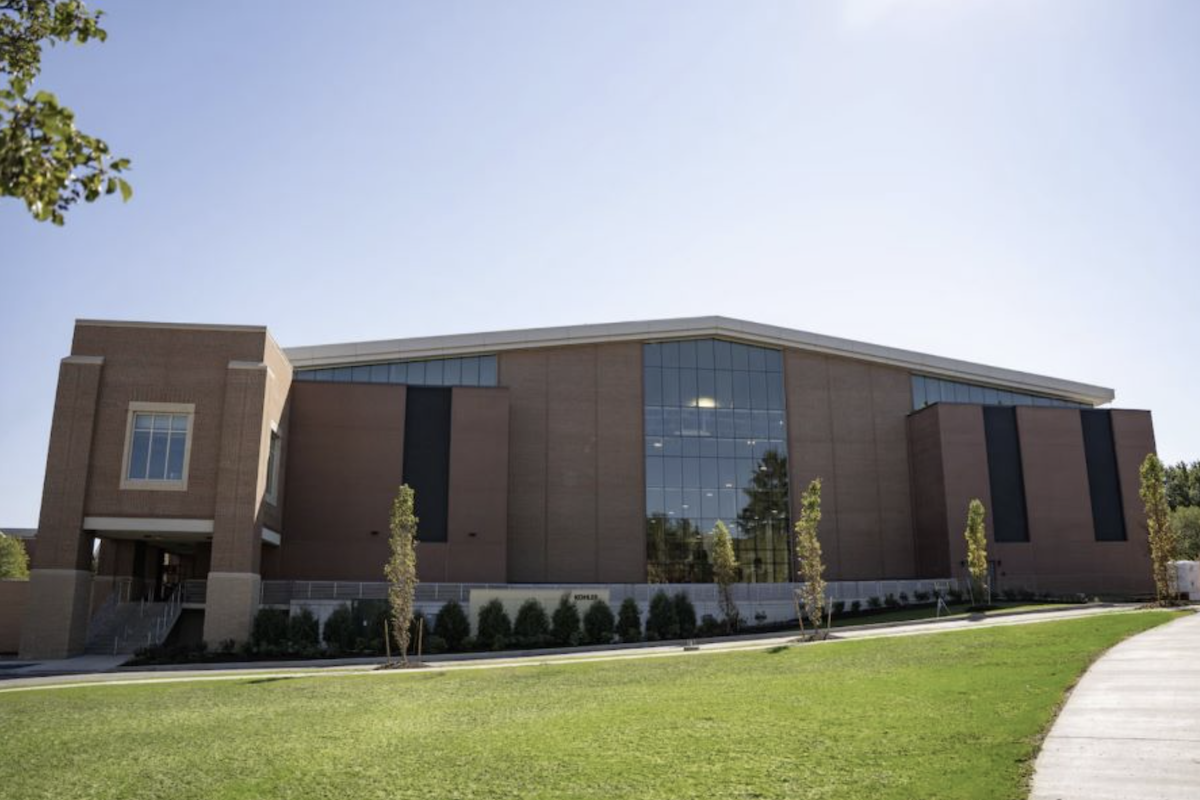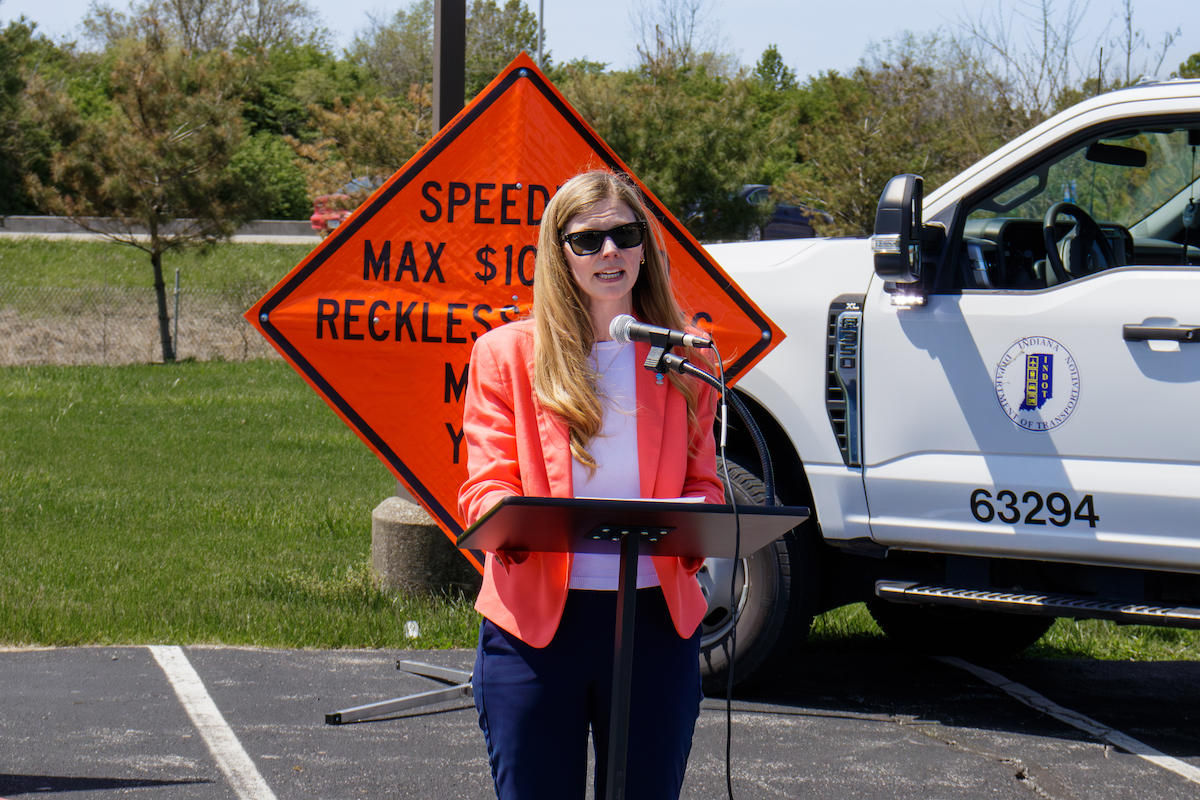As time goes by and technology improves, cities and towns have to reinvent themselves to incorporate cutting edge winter operations. The town of Lexington, Massachusetts, is no exception.
“The Town of Lexington Winter Operations has been evolving since 2011,” said Manager of Operations Marc Valenti, who has been with the town since 2010. “Senior management supported the charge to make monumental changes with the start of attending the American Public Works North American Snow Conference (NASC) in 2011. With the support of the senior staff in public works, the town manager, and the select board, we have been able to bring a myriad of technologies into the operation. Over the years, we have implemented salt brine, composite plow blades, slurry spreaders, ground speed, Maintenance Decision Support Systems (MDSS), Road Weather Information Systems (RWIS) and some major logistics and equipment design changes.”
Valenti said that in 2009, the town had built a new public works facility that included a salt brine plant.
“When I got here, the plant was in pieces and not been installed,” Valenti said. “There was hesitation about it as it was new technology, so at that point it was clear that change had to take place. Lexington takes pride in being at the forefront of innovation with respect to anything.”

| Your local Case Construction Equipment Inc dealer |
|---|
| Burris Equipment |
“We are known for biotechnology and finance in the Northeast. The innovation and technology that has been developed in other parts of the country for snow operations is impressive,” Valenti said. “We took the time to develop relationships with other people from around the country who were utilizing this “new” technology for some time. We took the time to develop a Capital Improvement Plan for Winter Operations. It took us 10 years, but we were able to achieve our goal.”
Valenti said the team started with upgrading the salt brine system through a research and development program with brine machine manufacturers. This allowed the staff to apply salt brine with lower road temps providing a better level of comfort. The crew also incorporated organic liquids to enhance the brine, which has proven to be a major game changer.
“We implemented the use of composite blade technology after realizing that it enhanced the post storm cleanup in addition to capturing more snow in uneven pavements,” Valenti said. “Embracing this technology, we developed a relationship with the manufacturer at NASC and articulated that we were always open to new ideas. In doing so, we became one of their research and development locations. We have been testing blades for them since 2014.”
Paul Brown, Owner of Roadtech and former Director of Snow and Ice for the State of Massachusetts, knows only too well the value of education.
“I was the first one who introduced Mark to a lot of his new technology for snow and ice,” Brown said. “I was the Director of Snow and Ice for the state for 10 years. I used to teach a lot in Massachusetts and Mark was in my class and he got inspired and before you knew it, these guys just took it and ran with it. He’s done a fabulous job.”

| Your local Wacker Neuson Corp dealer |
|---|
| Burris Equipment |
“Winter liquid use is very popular in the Midwest, Canada, and Europe,” Valenti said. “The idea of saturating the salt, prior to it hitting the pavement, allows for the salt to be activated before it even hits the pavement optimizing the performance of every salt grain. This tech also allows agencies to significantly reduce the amount of chlorides being used for each storm event.”
The spreaders apply 60 gallons per ton of enhanced salt brine to each ton of salt, which makes it much more effective in fighting snow and ice. The older units were set up to apply 12 gallons per ton which worked well, but its additional liquid has helped contribute to the 40 percent reduction in salt use since starting with this program.
“It has taken years to achieve this milestone, but it is an amazing feat as we have not reduced the level of service, but rather enhanced it,” Valenti said. “Incorporated in the slurry spreader tech was the implementation of ground speed control systems which regulates the amount of product being placed on the pavement regardless of speed. This tech allows for consistent application of the product taking the guess work out of the operator.”
Other terms that are used with respect to this technology are “closed loop” or “automated” versus “open loop”. Open loop is where the system’s application rate is solely based on a setting that does not coincide with the speed of the vehicle. This can lead to over or under application based on the speed of the vehicle. Ground speed regulates the application rate regardless of the vehicle’s speed.
“We were finally able to implement this technology in 2021,” Valenti said. “We now have the ability to measure air temperature, humidity, dewpoint, wind, road temperature, subsurface temperature and grip. This tech also provides us MDSS capability as to when we need to treat the pavement. MDSS is a tool that allows staff to pinpoint when to apply chemicals to the pavement, recommended rates and when to plow. This does not rule out the human decision, but it provides some information to help make the right decision at the right time. The “grip” or friction allows our staff to measure when the roads are actually slippery and when they are predicted to become slippery so we can plan for the event.”

| Your local Trimble Construction Division dealer |
|---|
| SITECH Mid-South |
| SITECH Ohio |
| SITECH Indiana |
“We had to embrace the technology along with a lot of training and education,” Valenti said.
One of the single most important educational components was calibration.
“We had to train the staff that they had to know what they were applying to the pavement and whether it was too much or too little,” Valenti said. “We started with a target of 400 pounds per lane mile of salt being applied, knowing that some staff was already applying 500 to 600. We convinced them that 400 was enough and the following season we went down to 350 and so on… today our standard is 200 pounds per lane mile.”
“We started anti-icing in 2011-2012 with straight salt brine,” Valenti said. “That year we put out 15,000 gallons of brine and today we average 250,000 to 290,000 gallons of enhanced salt brine. When weather permits, it allows us to place a layer of salt crystals on the pavement in liquid form that acts like a layer of Teflon on the pavement, delaying the snow bonding to the pavement and allowing us to remove it more efficiently. The slurry spreaders allow us to apply a slurry of salt and salt brine or just salt brine.”
The heavy winter liquids use would not be possible without the upgrading of the brine system. In 2020, the town moved forward with performing research and development for a new brine system manufacturer that increased production by 100 percent. Once the research and development timeline was complete, the staff was able to move forward with procuring the unit.

| Your local Wirtgen America dealer |
|---|
| Brandeis Machinery |
“We adopted the combination of an underbelly scraper and rear mount wing plow instead of the conventional front plow/wing plow set up,” Valenti said. “This idea is new to New England, but it is not new to the industry, as it is standard specification for some DOT’s in the Midwest. We see it as a great tool to increase our surface area of plowing without sacrificing the maneuverability of the truck in tight turns around town. We also have invested heavily in ergonomics for our operators as they are in the equipment working long hours under extreme conditions. The pilot control systems allow fingertip pressure, minimizing fatigue. We installed laser guides so the operators always know where the edge of the wing plow is to minimize damage to the plow and other objects.”






















